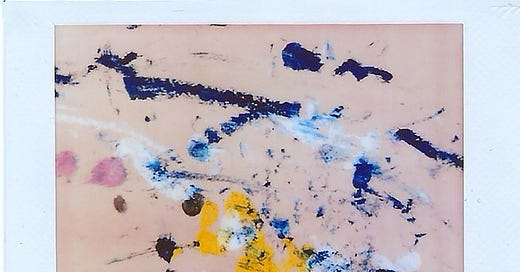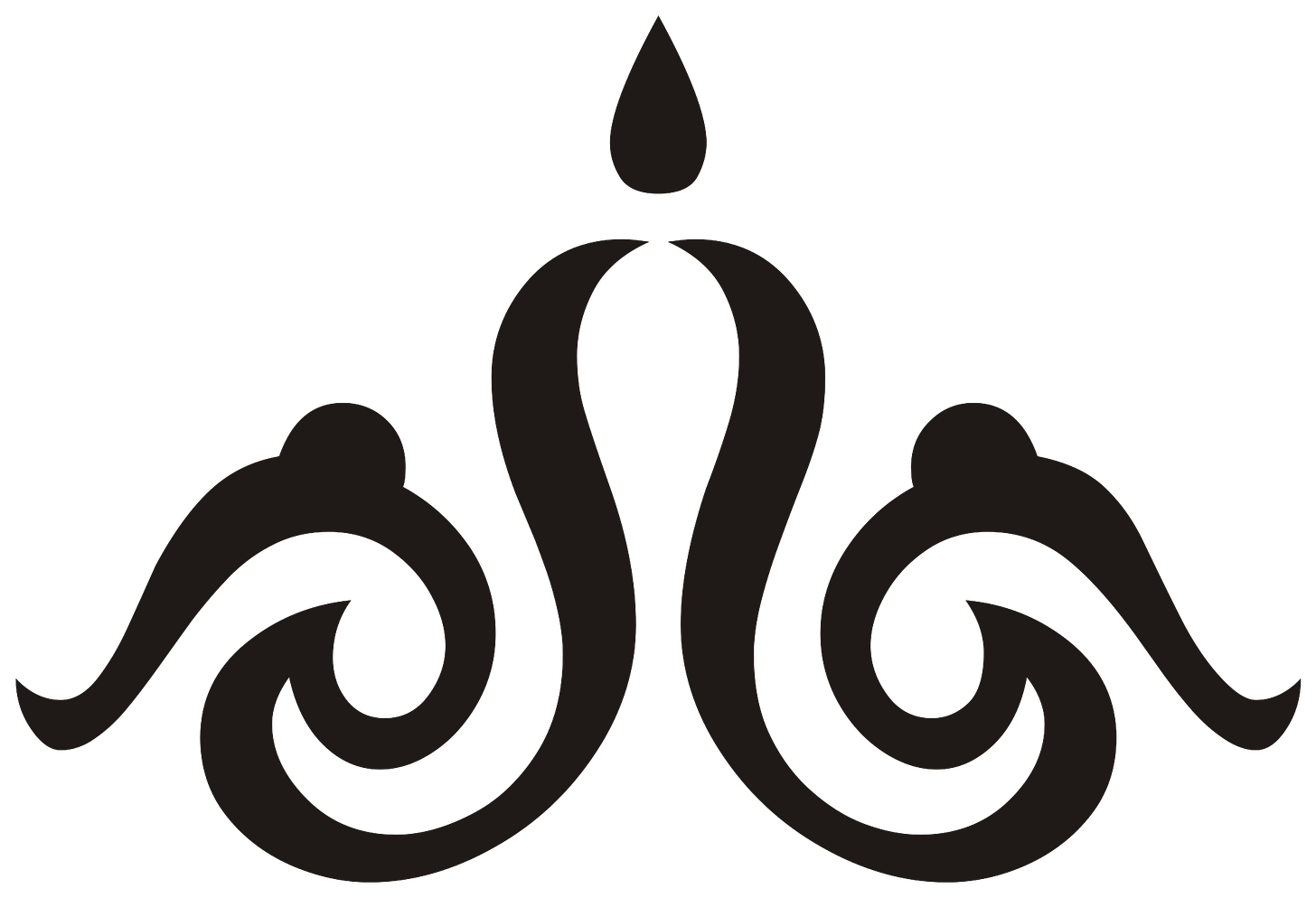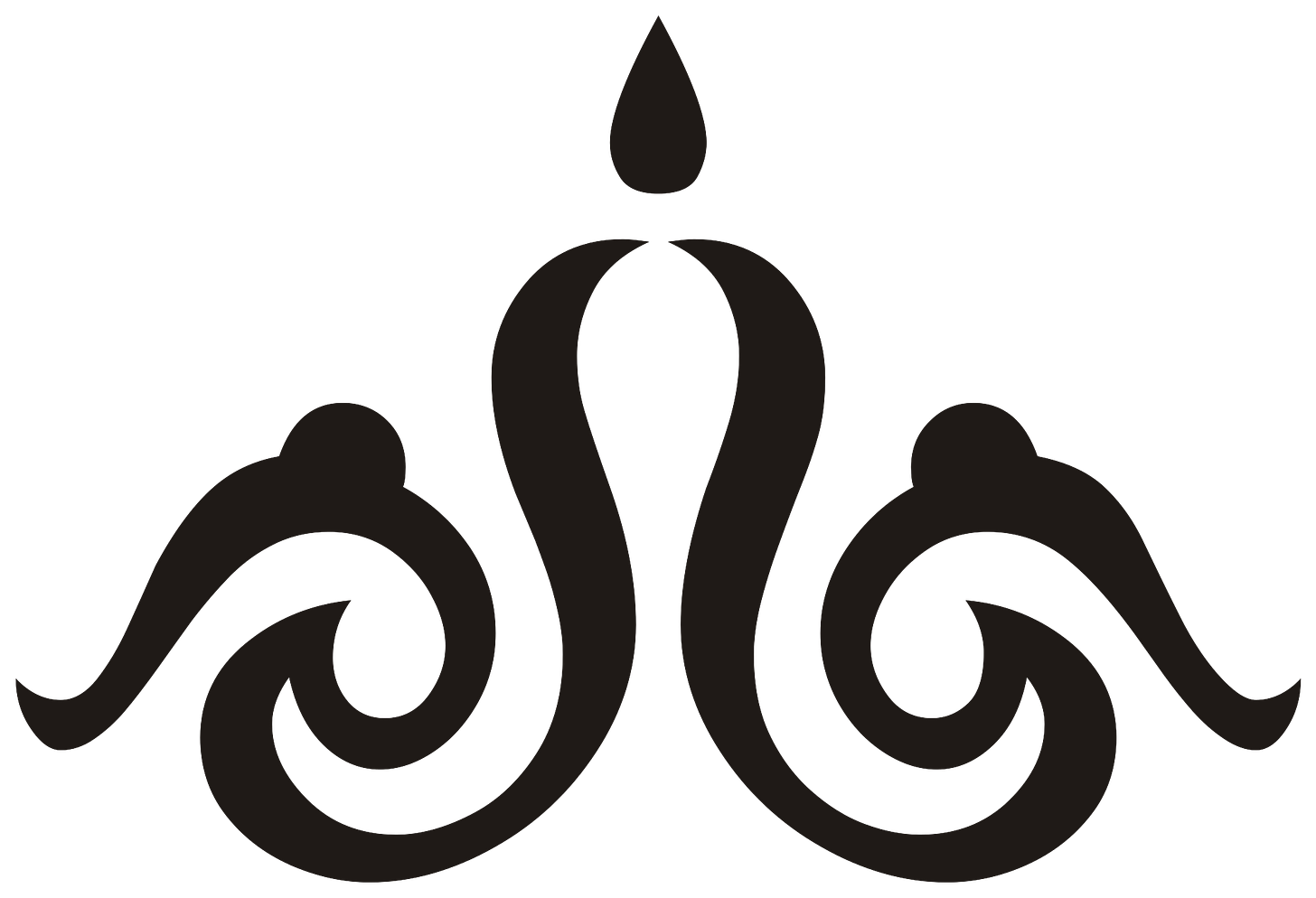Last week, my external hard drive died. I’d named it Brant after a species of duck I saw once off the coast of Salem, Massachusetts, paddling awkwardly in the cold froth of the Atlantic. How funny, this man’s name—like the server at your local pizzeria—becoming the bird, the drive.
Like a lost lover, Brant will haunt my dreams. Brant will be the one that got away. I tried to salvage the files, but Brant began beeping, a death knell I could only confirm by nestling the box near my ear, cradling it.
If you squint at it, or speak it at a clipped pace, the phrase reforms: external heart drive. The part of me that was living on the outside, but has now died. The archive of countless years of my life, lost inside the coils of this machine.
I did not make a back-up. The files are gone forever. Old albums, videos, works in progress. Session files showing the mechanics of how things got made. Also lots of stuff I don’t even remember, and maybe this is what pains me the most: the idea that I don’t even know what I’ve lost. But I remind myself that it all still happened. Like a box of photographs burned in a house fire, the memories are real, the experiences lived. Just the trail of it is gone.
Overall, I’m weirdly calm about it. The last couple of months, I’ve been going through a period I can only describe as ego death, a deep shedding of the self, and here is another indication that I’m meant to leave the past behind.
I don’t like to be overly nostalgic. When I thumb through old journals, I flinch, feeling the suck and pull of time in a way that drains me. It’s too heady, like walking straight into a spritz of perfume at the department store. So goodbye to all that, and hello to the clean air of the future.
I remember the monks. For two weeks the year I turned five, you could go and watch them at work on the second floor of the Williams College Museum of Art. They had come from Tibet in their saffron-colored robes to build a sand mandala on the floor of the rotunda. I remember watching the colored pigment gradually fill the space, millions of grains of sand in repeating patterns of lapis, emerald, and cadmium. The monks used small metal funnels to pour the sand into their intricate design, rubbing the side of the metal to control the flow of the powder. Like a scratch-off ticket, their rubbing revealed a little more each day.
The geometric form of a mandala—Sanskrit for “circle”—is a sacred symbol, capable of bestowing blessings on both creator and witness alike. And I felt it then, standing at the edge of the room behind the bent orange backs as they shook color onto the linoleum. I felt how art could be an act of meditation, a prayer.
And then came the day when I ascended the stairs, my purple sneakers squeaking into the museum hush, and found the rotunda packed with people. My father had to hold me up so I could see above the crowd. In the center of the room, the monks were gathered around the mandala. It was beautiful, complete. There was chanting and the low echo of gongs. And then, after days of immense time and effort, the monks began to rake the sand away.
I wanted to cry. I wanted to run out and stop them. They were destroying the very thing they had worked so hard to create.
I’ll never forget the ritual of that destruction, the power in it. The way the monks so calmly scraped the image from the floor. How the blues and reds all merged into a smeared rainbow, until there was nothing left but a pile of sand—dust to dust.
Ever since River was born, my mother has called him the Monk. She said he had an aura about him when he came out, a wisdom. When he was four months old, he lost most of his hair, leaving just a dark ring around his skull like a tonsure. This seemed to confirm her hypothesis.
Like my mother, who paints, River loves to make art. We have become those parents who proudly display their child’s abstract art on the walls, rows of colorful construction paper canvases streaked with tempera paint. River, however, insists on ripping them all down. Oh no! we cry as he snatches his latest masterpiece off the wall, tearing it into pieces. Why did you do that? But he has no interest in keeping it. He enjoyed the minutes spent with his smock and his paint stick in hand, the cerulean blue gliding across the blank page. He made it—isn’t that enough?
I keep going back to this thought: why is the act of creating not enough? Why do I feel the need to share my work, and to preserve it? As if that’s the only way to make it real—to have some proof of the time and energy invested.
I had a moment recently when I thought I wasn’t going to finish my book. I’m abandoning it, I said to myself, and the thought left me feeling numb and small. What a waste, I thought: literal years of my life, and for what? But working on a book that never gets finished, or spending years tinkering with an album that never gets released, does not diminish the work itself. It doesn’t erase those joyful, transcendent moments of being in it, the flow state I chase like a drug. All those mornings of sitting with the sunrise, time going as liquid as dawn, words arranging themselves on the page and revealing their secrets. The harmony of a single good sentence. I wouldn’t trade that feeling for anything.
I’m writing again, though I don’t know if this thing will ever get published. Still, it feels like a relief to remember, that’s not really the point. I am writing to decipher, to discover, to question, to beckon, to play. I am writing to pick up fistfuls of time, fine as sand, and make something of it.
Not everything is meant to be shared, and not everything—in fact, as the monks would remind us, not anything—nothing—is meant to stay.
I named my new hard drive Belladonna. She’s sleeker than Brant, higher speed, all black. It’s not until later that I remember that belladonna is a poisonous plant, also known as deadly nightshade. The leaves and berries can be highly toxic when ingested, even fatal. The name “belladonna” translates to Beautiful Woman, which likely references its use as a cosmetic aid during the Renaissance. A plant that embodies both beauty and destruction.
Belladonna purrs as she comes to life. One by one, I drag my files into the vacant drive like a black widow bringing prey into a cave.
Somewhere, I hear in the shaking of sand from a funnel, destroy what you create.
I hear in the sudden tear of construction paper, destroy what you create.
I hear it in the buzzsaw felling the balsam at the Christmas tree farm, in the snowfall flattening an old robin’s nest, in the dark sky cutting across these too-short days.
What if my external heart drive didn’t die, it just went back inside myself?
I am starting over, circling around again. I probably won’t make a back-up this time either.
Thanks so much for reading!
While I generally keep music news separate from this Substack, I did want to let you know that my band Half Waif will be on tour in the US and Europe starting in January. Would love to see you out there! Tickets are available at halfwaif.com/tour.
1/10 - Philadelphia, PA - Milkboy
1/11 - Washington, DC - Songbyrd
1/13 - Asheville, NC - The Grey Eagle
1/14 - Nashville, TN - Soft Junk
1/15 - Louisville, KY - Zanzabar
1/16 - Chicago, IL - Sleeping Village
1/17 - Grand Rapids, MI - Calvin University
1/29 - Brattleboro VT - The Stone Church
1/30 - Portland ME - One Longfellow Square
1/31 - Somerville, MA - Arts at the Armory
2/10 - Berlin, Germany - Privatclub
2/11 - Amsterdam, Netherlands - Paradiso
2/12 - Antwerp, Belgium - Trix
2/13 - Paris, France - Le Hasard Ludique
2/14 - London, UK - Kings Place
2/22 - Montclair, NJ - Outpost in the Burbs
3/1 - Los Angeles, CA - Pico Union Project
3/2 - San Francisco, CA - Cafe du Nord
3/4 - Portland, OR - Polaris Hall
3/5 - Seattle, WA - Madame Lou's








I've been such a fan of your music for years, and it's such a delight (though unsurprising) to see you're a wonderful prose writer as well. I'm a writer too and relate to a lot of what you said in this piece -- I think I've decided too it has to be enough just to do it for me, that creating itself has to worthy enough. Though there's the parts of me that long for the moments of connection shared art can facilitate, and for prestige, too (that's the ego). At any rate I really hope to read your book someday!
This one really speaks to me (they all do, but as a fellow artist/writer, it hits hard). I ask myself these questions all the time: Am I still a writer or an artist if no one ever appreciates the stuff I make? I suppose the answer is always yes, but it's harder on certain days. Thank you, Nandi 💙